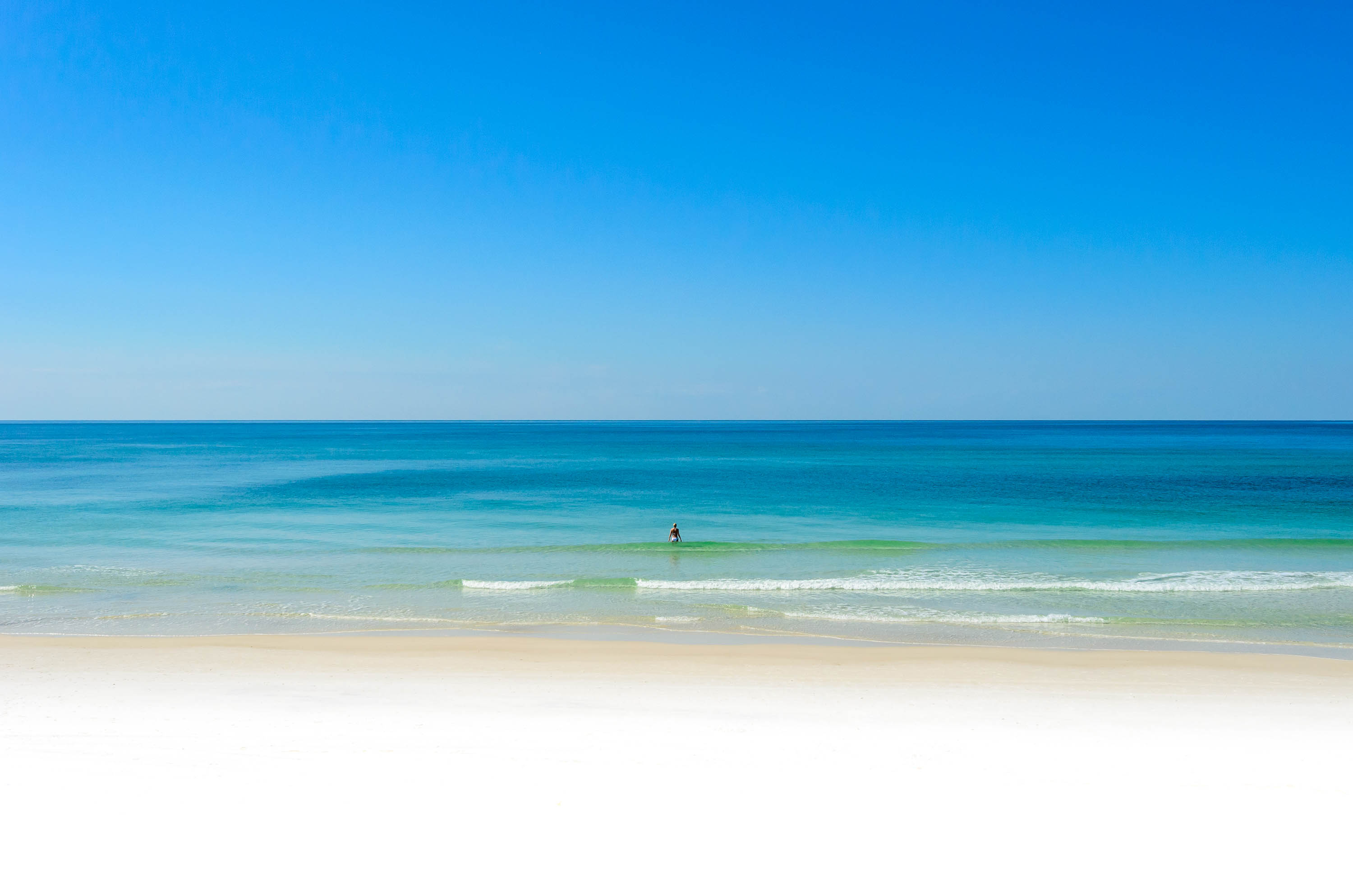It was pretty devastating to the beaches and ate up some dunes. The dunes after Opal looked similar to how they looked after Ivan.
Then there was a lot of beach scraping where they actually used backhoe buckets to dip sand out of the water at the waterline. After the first pass they went back through a couple of times.
The sand that was taken from the waterline was pushed back to the dune line. There were massive sea oat plantings all along the beaches. A lot of gulf front owners had high-quality sand trucked in and planted sea oats.
30A was washed out at Dune Allen, Western Lake, and Eastern Lake. The road at the lake was rebuilt and rocks placed along the side to prevent washout. Grayton Beach around the Red Bar was flooded badly and many homes were washed off of their foundation. The water level from Opal was higher than from any storm since.
The dunes were almost back to pre-Opal status when Ivan hit. But the level of the horizontal beach was still down a few feet, making Ivan's impact on the dunes larger. Ivan, Arlene, and a couple of minor storms, and further scraping lowered the beach even more leaving the dunes extremely vulnerable to Dennis.
Proponents of beach scraping say that it simply speeds nature by helping to migrate sand from the beach to the dunes, which they argue will happen over time from wind anyhow. My uneducated opinion is that it speeds the lowering of the beach level so that even the smallest event causes damage. It seems logical to me that the natural process builds beach first, then dunes. But that would require more patience on our part.
I'm not saying scraping is the only cause of our problems. It seems now that dredging, right or wrong, is the only real way to protect property now, if that is the goal.
Another note on Opal - there was quite the boom here afterwards, when large money flowed in and large structures rose quickly.












